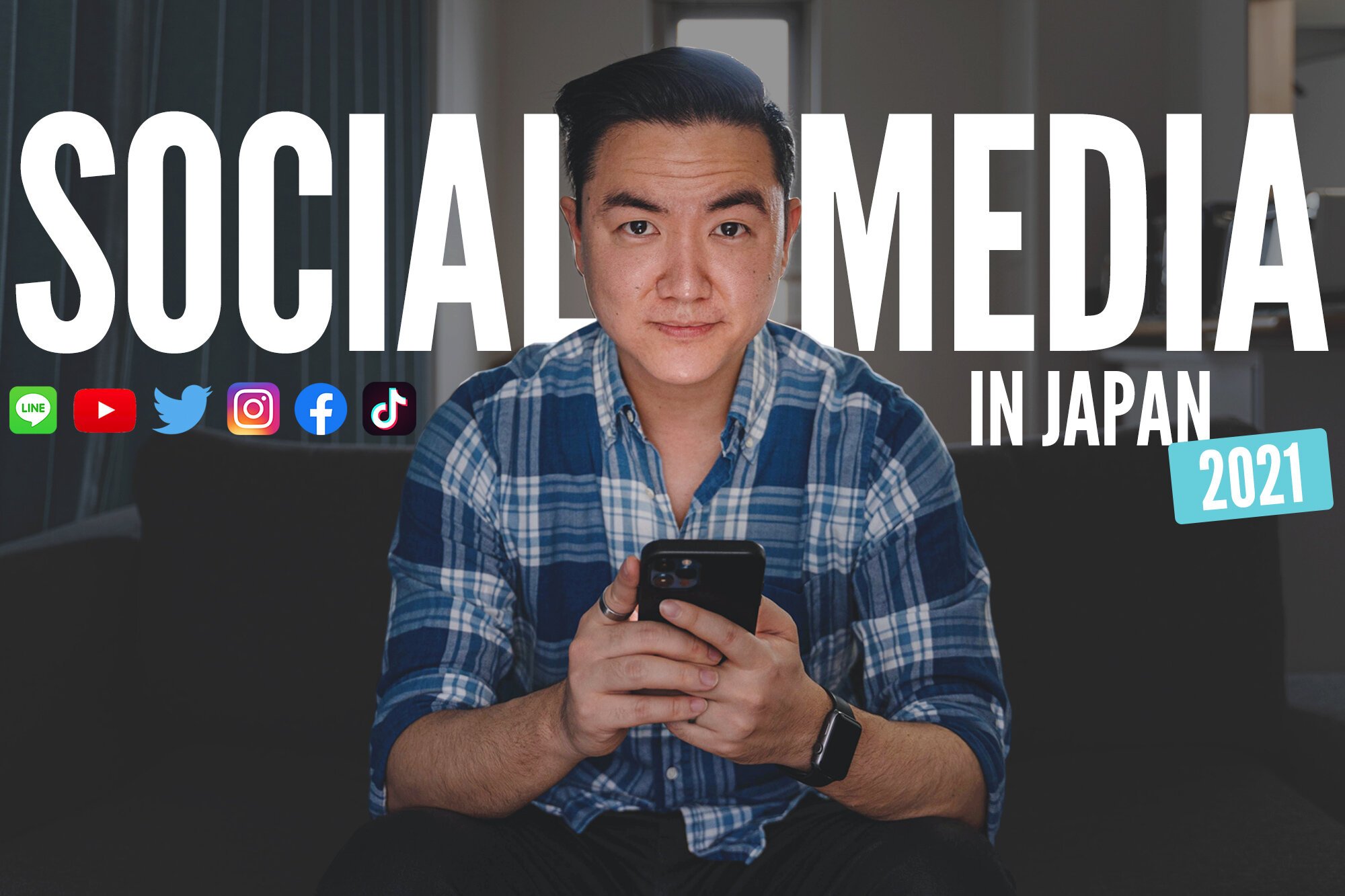Social Media in Japan in 2021
A look at the most popular social media apps in Japan in 2021 - user numbers, usage trends and more.
Instagram in Japan in 2020
All about Instagram use in Japan in 2020. Information from the House of Instagram Japan online event held by Facebook Japan.
UNIQLO’s Initial Black Lives Matter Statement Highlights Japanese Marketing Struggles
UNIQLO’s initial Black Lives Matter post highlights the struggles Japanese brands sometimes have when marketing to an international audience.
Instagram in Japan in 2019
All about Instagram use in Japan in 2019. Information from the Instagram Day Tokyo 2019 event.



